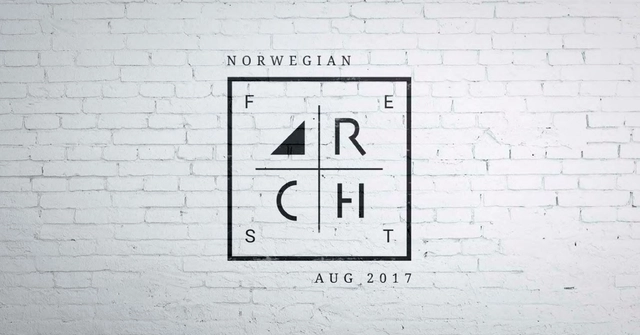
As a part of the dominating discourse, Norwegian cities and municipalities are aiming to be creative, innovative, competitive and attractive. They’re often competing to attract the; well educated, mobile, young, culture-consuming, innovative creative upper middle class. At the same time, the differences in Norway increase and social inequality is on the rise. The tension between focus on a desired future and real-time management can pose challenges.



























